More Lakefront Property Coming to Georgia
The state doles out the first tranche of loans for reservoir construction. Other states are looking in the same direction.
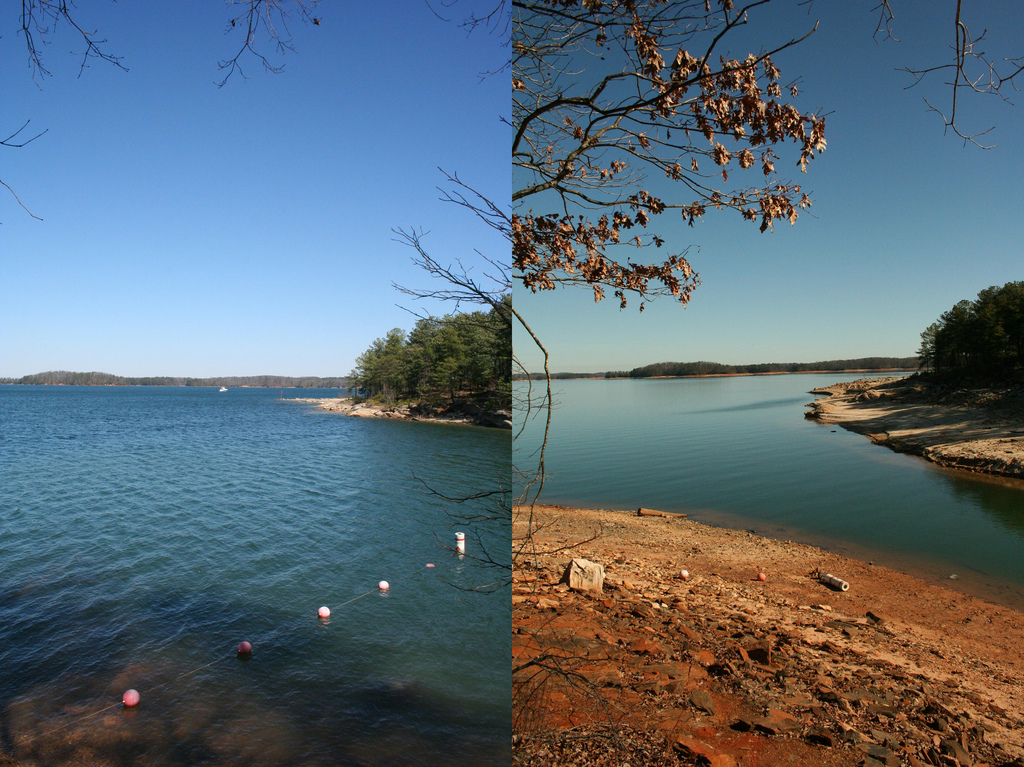
The Atlanta Journal-Constitution reported yesterday that Georgia officials awarded the first US$100 million from a new state program for reservoirs and water supply projects. The Governor’s Water Supply Program was one of the first actions Gov. Nathan Deal took when he entered office in January 2011.
The Georgia Environmental Finance Authority, which administers the program, offered low-interest loans to eight projects, out of 15 applications. (A list of the project is at the end of this press release.) The program is authorized to spend US$300 million over 4 years.
Reservoirs are part of Georgia’s strategy to deal with rising demand for water. In June, I wrote about how the drought of 2007-08 has shaped the state’s water planning process. Many conservation groups criticize the reservoirs, including American Rivers, which questions the state’s plan in a report called Money Pit. The organization calls for more investment in conservation and efficiency.
Give Me Lakes, Lots of Lakes
Georgia is not the only state looking to expand its reservoir collection. The Texas State Water Plan, released this year, recommends augmenting its existing 188 major water-supply reservoirs with 26 new facilities:
“The 2012 State Water Plan recommends 26 reservoirs that would provide 1.5 million acre-feet of water during a repeat of drought of record conditions in 2060. In the absence of these reservoirs, other water management strategies would simply not be enough to meet the needs of Texans during a severe drought.” –Texas State Water Plan
These projects would cut the state’s anticipated supply gap by 17 percent, the plan argues. Conservation hacks away the biggest chunk, reducing the gap by 34 percent. The plan’s capital cost? US$53 billion.
In Washington state, too, the management plan for the Yakima River Basin envisions expanding one reservoir and building another.
Reservoirs, of course, do not create water; they simply capture any surplus. Yet because of their surface area, they also lose quite a bit to evaporation. In the Colorado River Basin, evaporation accounts for 10-15 percent of the annual water use (page C-24 of this report).
So in the U.S., the era of big dams may be over—with one large exception in Alaska, currently in the planning stage—and aquifer replenishment, which forgoes the evaporation problem, is making strides. However, the push for surface storage rolls on. The question is, how much can we deposit in these bank accounts before the lean times hit. And, how long will those lean times last?
Brett Walton
Circle of Blue reporter
Brett writes about agriculture, energy, infrastructure, and the politics and economics of water in the United States. He also writes the Federal Water Tap, Circle of Blue’s weekly digest of U.S. government water news. He is the winner of two Society of Environmental Journalists reporting awards, one of the top honors in American environmental journalism: first place for explanatory reporting for a series on septic system pollution in the United States(2016) and third place for beat reporting in a small market (2014). He received the Sierra Club’s Distinguished Service Award in 2018. Brett lives in Seattle, where he hikes the mountains and bakes pies. Contact Brett Walton



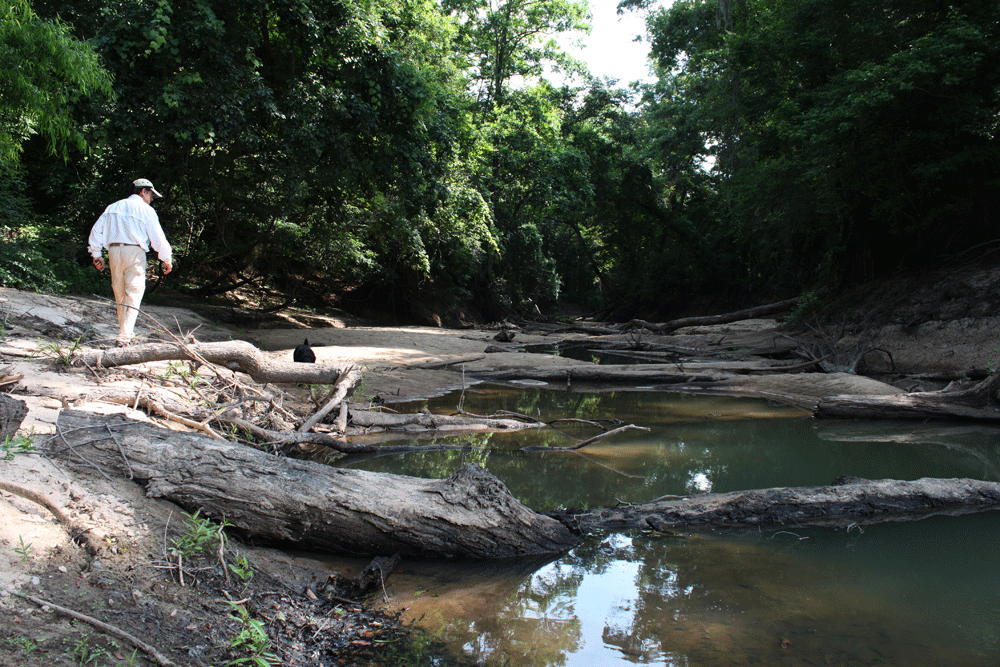

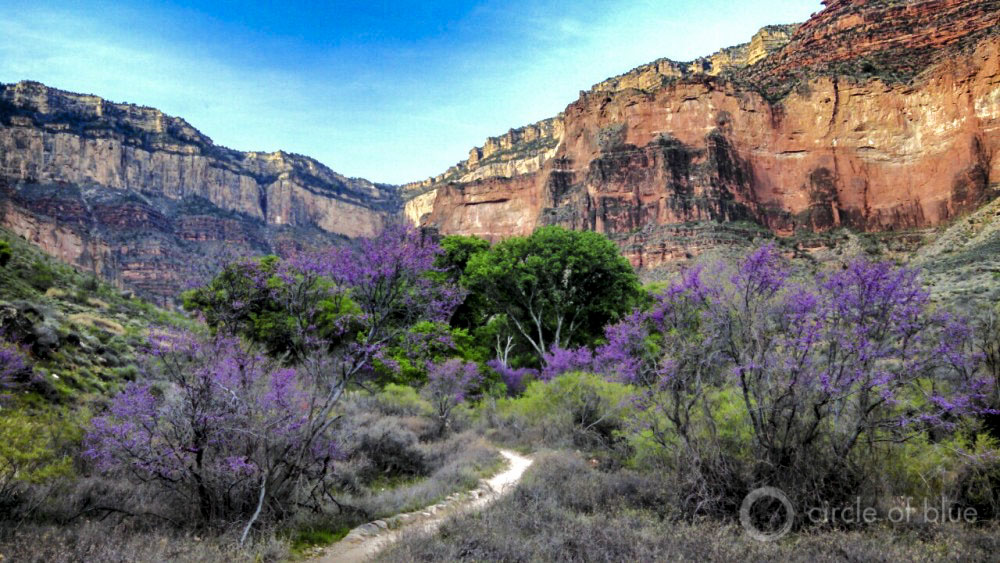
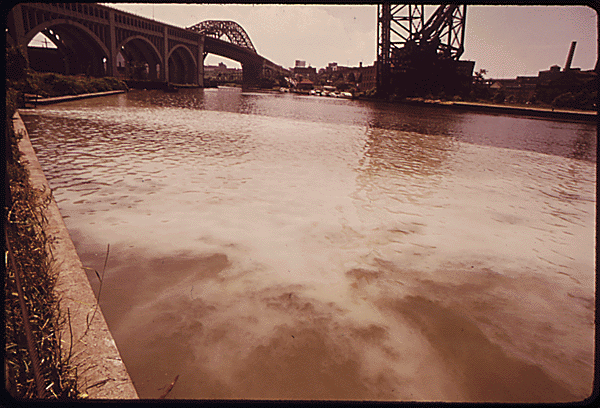
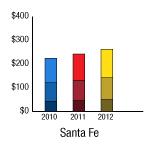

Leave a Reply
Want to join the discussion?Feel free to contribute!